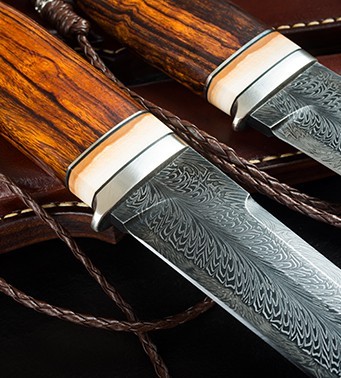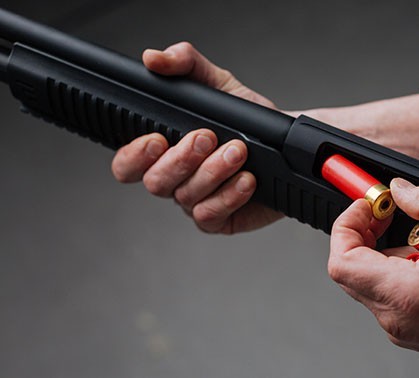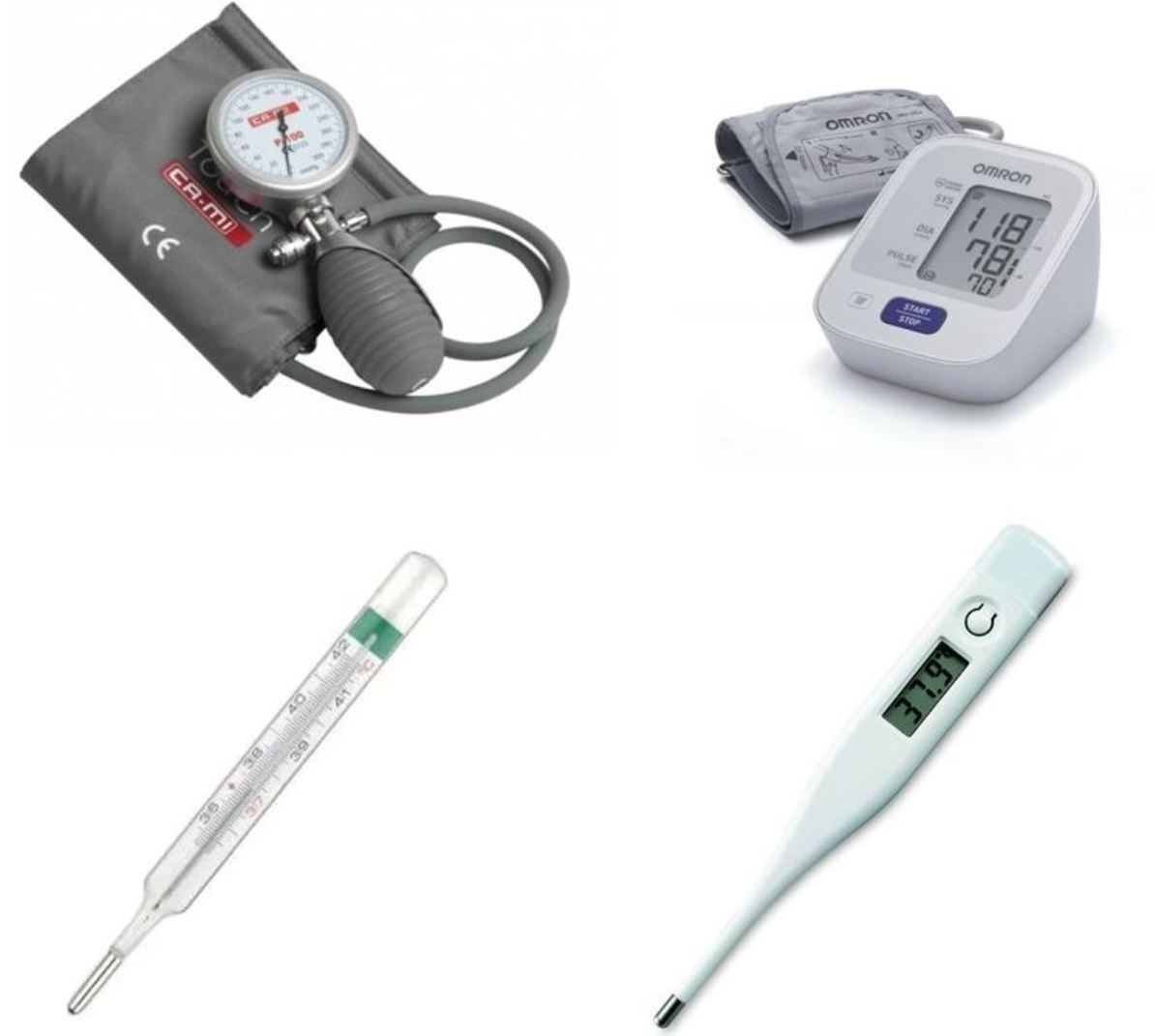Language:
Cart
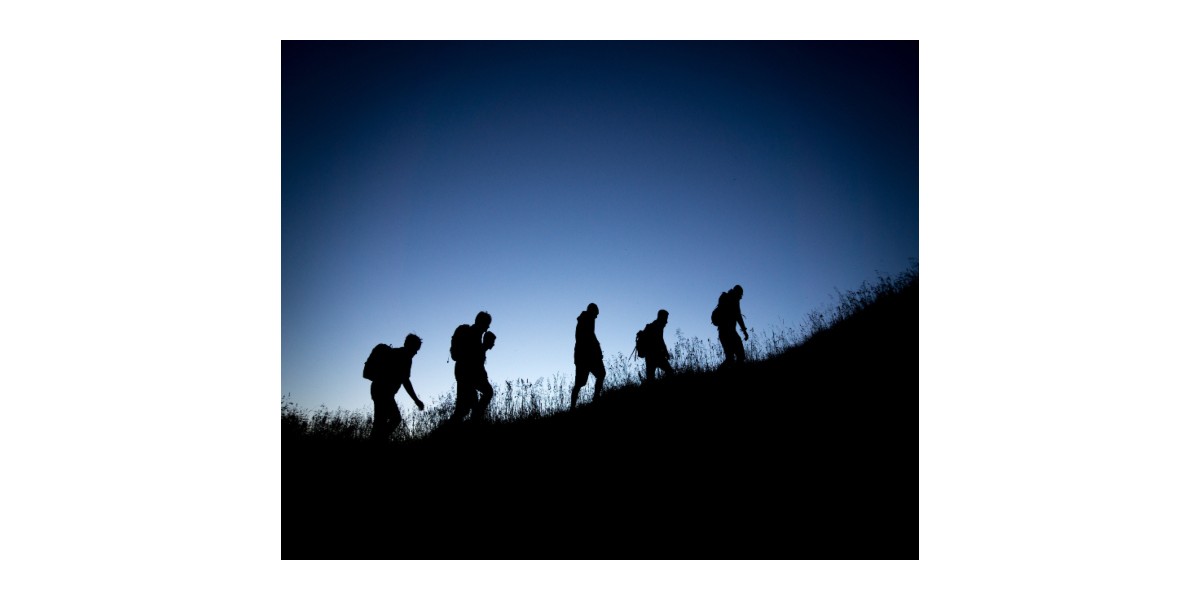
Which group will survive SHTF?
Simple answer is only prepared group will survive SHTF. But this is more complex question and answer is not so simple as it looks.
First we have to have on mind what group suite the best for such disaster as SHTF.
Basic features which determinate good prepared group for SHTF are:
1. The size of the group
2. Occupations of the group
3. Leader of the group
4. Location of the group
5. Level of preparedness of the group
Lets talk about each topic in more details now.
1. The size of the group.
Is bigger better? Do not ask your wife or girlfriend. Just think. Too small group will be not able to cover all required duties to cover safety, to produce any food or looking for food, collecting of water for whole group. Too large group is much harder to control and much harder to supply with food and water.
Experiences from Balkan war 1994 showing individual barely survived in the city. The smallest group for successful survive in the city was large multi generation family (10-15 people) with friendly houses around. Individual houses with classic family father/mother/2 kids which do not use protection of friendly houses around them were often and regularly burgled by hordes till they abandoned their house.
On other side street blocks (minimum 5-10 houses and more) with good organized protection have better survival rate.
Survival rule is simple - Do not play Rambo, create same minded group.
2. Composition of the group according to the profession of each member
Which occupations are the best for SHTF situation? Some are better some not, but all depends on personal features and attitude each person. Some positively motivated housewife with strong mental power but luck of experiences can deal with SHTF better then trained soldier with PTSD. Here is the list (not completed) of recommended occupations which according to me will best suit for SHTF:
1. MANAGEMENT:
· A Born Leader
· Charisma Person
· Motivational Speaker
· Successful Coach
· Military Commander with combat experiences
· Experienced Crisis Manager
· Pro Negotiator
· Successful Businessman
2. SECURITY
· Policeman
· Soldier
· Military Officer
· Pro Hunter
· Sport Shooter
· Martial Arts Athlete
· Professional Fireman
3. MEDICAL
· Doctor
· Doctor of Emergency Service
· Surgeon
· Pharmacist
· Dentist
· Vet Doctor
· Nurse
· Herbalist
· Therapist
· Masseur
4. FOOD
· Farmer, Rancher, Gardener, Beekeper
· Hunter, Trapper, Fisherman
· Cook
· Butcher – Meat Processor
· Distiller
5. MAINTENANCE
· Carpenter
· Plumber
· Electrician
· HVAC Technician
· Blacksmith
· Bricklayer
· Welder
· Contractor Builder
· Mechanical Engineer
· Skilled Handyman
6. SPECIALIST
· Gunsmith, Reloader
· HAM Radio Operator
· Member of Special Forces
· Seamsters
· Basket Weaver
· Potter
· Leather Worker
· Translator
Is the best profession for SHTF a prepper?
3. Leader of the group
Leader should be the most experienced person of the group. If his hobby is prepping this will be valuable asset. He should know stuff practically not only by theory. He should be example for others, friendly to all, good manager, commander, organizer, planner, communicator, listener, situation analyst, foresee, psychologist, motivational speaker, negotiator, etc.
Good leader can be man or women, old or middle age, believer or atheist. Forget other groups of society. Real SHTF is not as presented by Hollywood. I personally do not believe can be young person or teenager due to lack of life experiences.
4. Location of the group
Urban vs Rural area
The group in the city will have different tasks then group in the country. From this reason such group can have different composition and size. It will be really very hard to collect food and water in any urban area. Also such group will be more often attacked by individuals or hordes. On other side such group will have little possibilities to produce any food or if any than in very limited scale. City group will be organized by group of houses, street blocks or larger parts of neighbor or even entire neighborhood. If it has geographical advantages. Hill in the city with minimum access roads, island with one or two bridges etc.
Constant street foot watch patrols will be necessary to keep situation under control. Movement thru city can be complicated due to natural or on purpose created barricades on the streets. Whole neighborhood can be protected by barricades.
Also such city group have to create other teams which will participate on regular reconnaissance and scavenging enclosed areas around the city. Urban farming will be drastically limited and available only at good protected community gardens or roof gardens.
Water sources of drinking water will be very limited or not accessible. Collecting of rain water from roof will be probably only source for people in urban areas.
On other side group in the country will have better starting position. Source of water (wells, lakes, rivers, creeks) and food (gardens, livestock and wild animals) will be more available for them.
Country group will have to create teams of farmers and team of protection service. Country teams in rural areas or mountains will be less attacked by hordes then country teams close to city.
Small to middle size of isolated villages with own sources of water and food plus good organized protection will have highest potential to survive with minimum losses.
5. Level of preparedness of the group
Level of preparedness of entire group can be specified by level of:
A) quality of management and organization
B) practical knowledge, experiences and skills
C) combat preparation
D) regular training to maintain skills
E) variety, amount and level of material and technical equipment
A) QUALITY OF MANAGEMENT AND ORGANIZATION
Well organized group should have own organizational structure and chain of command. Group should have own leader, his deputy and other section leaders or team leaders depends on size of the group.
Everyday life of the group should be organized in shifts. For example duties in the kitchen, watch guard, cleaning, maintenance work, new project building work, farmer work, nursery, etc. Every member should participate on work same amount. Shifts should rotate as much as possible to avoid conflicts among members of the group.
Discipline should be priority for all members. Any violations of group rules should be penalized. This is critical for very large groups. The introduction of too strict rules and the benevolence of their observance can lead to protests, resistance and even rebellion within such group. Middle way is to set up easier rules and keep them by all without any exemptions.
Management should have close contact with all members of the group to listen everybody to encourage opinions and ideas. Communication is the key of successful group.
Management should plan achievable goals ahead and timely.
Always keep a positive attitude among all members of group.
B) PRACTICAL KNOWLEDGE and EXPERIENCE
No wise man fell from heaven.
It will be same situation in every group. Somebody will be expert is some field and others will do work with barely average skills. You do not need rocket scientist or some artists with both hand left in successful group. On the contrary, old crafts will be more beneficial. But if you have master craftsman it will be advantage for entire group. Please, look at this list of the most useful skills and crafts for SHTF in our older post.
The most experienced member in the field should teach other members of the group and thus to create in each position substitutability of function. Example the best shooter will teach others how to shoot. The best cook will teach other how to cook. The best rancher will teach others how to milk a cow etc. The best knowledge should be transferred to as many members of the group as possible. In case if somebody is sick or injured and can not provide his job other member of the group can substitute him without any delay. Passing skills to other members directly from the master is the best and fastest educational process when SHTF. This will save time to the group and will be more stable, independent and notable increase possibilities of her survival.
C) COMBAT PREPARATION OF THE GROUP
This is wide spectrum of mostly military skills to reach combat readiness of the group. This skills includes:
1. Tactical preparation
2. Shooting training
3. Medical training
4. Communication
5. Topographic preparation and Navigation
6. Radiation, chemical and biological protection
7. Physical and mental preparation
8. Self-defense
9. Engineering training
10. Logistic preparation
More details about each skills will be published in separate post.
D) REGULAR TRAINING
All members of the group should maintain their skills at required effective level. Frequency of training depends on each person. Somebody needs to train daily somebody weekly. Group management should decide according to the results achieved by each individuals how often they should train to keep level of satisfaction.
Even if all members reach highest level of ability they should be regularly checked if they abilities are keeping same level.
Group drills can help group to keep entire group on high alert and keep all to be master in their field.
It is good to organize Fire Drill Alarm - to teach everybody what to do during the fire in the house or camp/base.
It is necessary to train Battle Alarms - to create habits for all members what to do and what is their task during sudden attack on the camp/base from outside.
Group drill alarms should be performed in different times day or night. This will keep all members permanently on alert.
All members should perform daily physical training - to keep physical fitness of each member at highest possible level.
Shooting drills - dry drills, to increase accuracy, to increase speed of shooting and reloading, and keep muscle memory and gun safety.
Martial arts drills
Other technical drills
E) VARIETY, AMOUNT AND LEVEL OF MATERIAL AND TECHNICAL EQUIPMENT
Amount of material a technical equipment will have significant influence on group success of survival. These are 10 basic groups of material necessary for survival not only groups but individuals also:
1. Water
2. Food and Cookware
3. Fire, Light, Energy
4. Shelter
5. Weapons and Ammunition
6. Medical - First Aid
7. Tools, Outdoor Equipment
8. Hygiene
9. Transportation, Navigation and Communication
10. Clothing and footwear
See details here:
1. Water
Water sources – natural well, dug well, lake, river, creek.
Water tanks, barrels, canisters, purifying tablets, water filters, emergency homemade water filters, collecting system of rain water,
Please, read our older post how to store drinking water.
2. Food and Cookware
Canned food - meat, fruit and vegetable, freeze dried food, MRE,
Long shelf life food – sugar, molasses, salt, rice, pasta, honey, maple syrup, grains, oats, jams and jellies, oil, powdered milk, instant coffee, tea, drayed meat jerky, vinegar, soy sauce, drayed fruits, chocolate, alcohol, vine, pickled sauerkraut, whole spices and herbs, tomato sauce, etc.
Other food – flour, beans, lentils, peas, cocoa, peanut butter, ghi butter, nuts, etc.
Cast iron cookware useful for cooking on direct fire, titanium tableware - useful during traveling
Hand tools for processing any food, hand can openers, hand grinders for meat, vegetables, fruits, coffee, poppy, manual flour mills, manual oil press etc.
3. Fire, Light, Energy
Fire matches, fire steel, fire lighter, candles, oil lamps, kerosene, gas tank, gas stove, multi fuel stove, wood stove, firewood, briquettes, fire grate, lava stone, iron tripod
Flash light, head lamp, lithium batteries, rechargeable batteries, crank lamp, rapid charger, power bank, cable adapters,
Electrical extension cords, generators (plus spare spark plugs, filter, oil and starter) solar panels,
Metal and plastic canisters for various types of fuel.
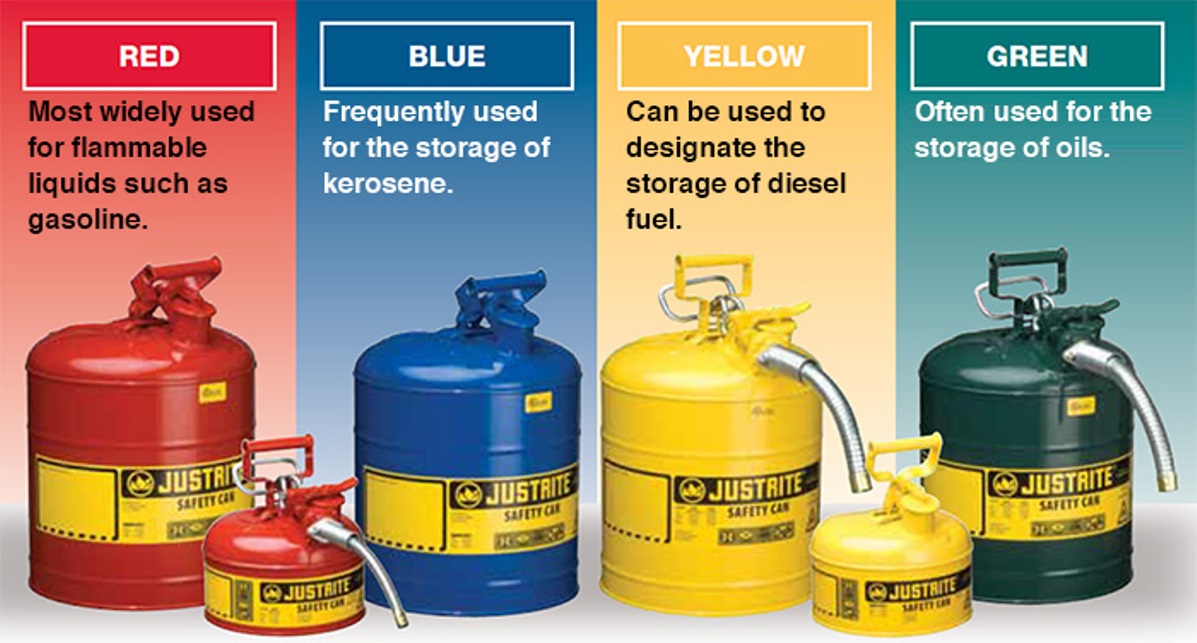
4. House or Shelter
Multilayer house protection, EMP shield, inside and outside secret cash, window bars, safety film for windows, trained guard dog, safe room, gun safe, sandbags, pre cut plywood boards in size of windows and doors, plastic rolls and plastic tapes to cover windows, spray foam to seal,
5. Weapons and Ammunition
Handguns, shotguns, rifles,
magazines, ammunition, ammo cans, gun holsters, plate carriers, bulletproof vests, red dot sights, rifle magnifiers, rifle scope, gun cleaning tools or kits,
Cold weapons – knife, machete, axe, tomahawk, spear, bow, crossbow, baseball bat, telescopic baton, knife and axe sharpener,
Pepper spray, paralyzer, stun gun, stun baton, boxer,
I hope I don't have to remind you that any weapon will be useless to you if you don't know how to use it.
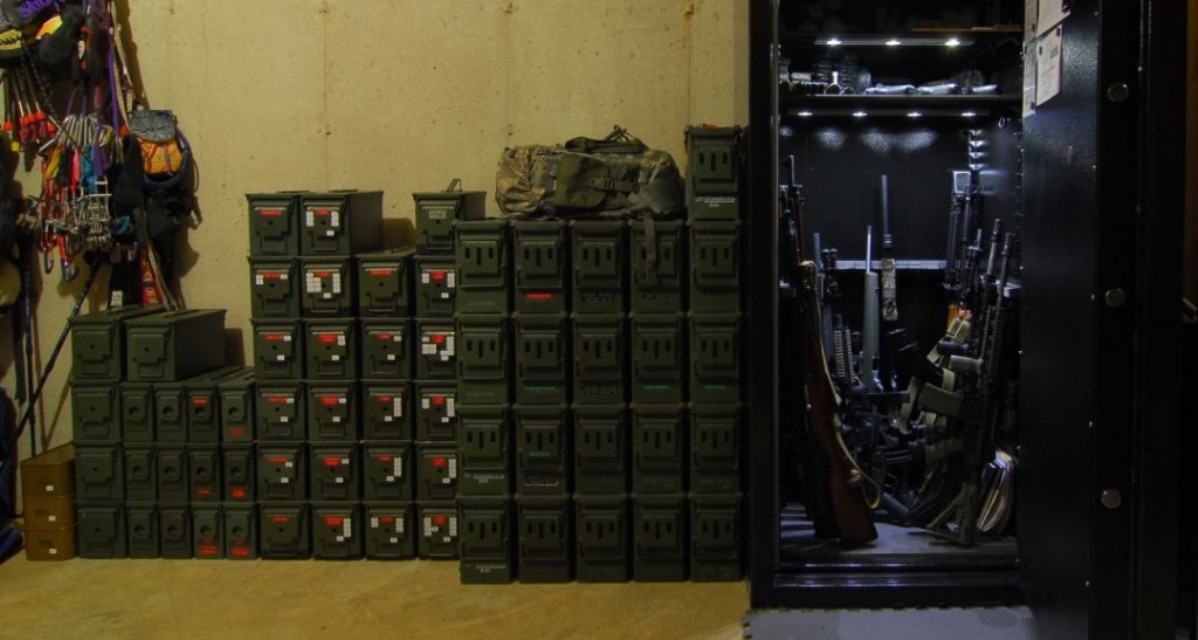
6. Medical - First Aid
Basic medical equipment, instruments and tools.
A) Basic Diagnostic Equipment:
· A blood pressure monitor
· Thermometers
· Blood test kits
· A pulse oximeter
· Stethoscope
· Ophthalmoscopes
· Otoscopes
· Colposcopes
· Eye chart
· A reflex hammer
B) Procedure Equipment
· Adhesive bandages
· Antiseptic wipes
· Cotton wool pads and swabs
· Gauze pads and sponge
· Hypodermic needles
· Paper towels
· Tissues
· Tweezers
C) Emergency Equipment
· Aspirators
· Oxygen canisters
· Oxygen masks
· A resuscitation bag or mask
· Automated external defibrillator
· Airway suction unites
· Syringe, needles
· Surgical instruments
· Foil blankets
· A trauma board
· Ventilators
D) Protective Equipment:
· gloves
· face-masks
· respirators
· aprons
· eyewear
· bio hazard overals
· hand sanitizer
First aid kits, Disinfection, Antiseptic, Medicaments. If possible avoid digital thermometers or digital blood pressure monitor. Instead, store older versions of devices that do not require electricity or batteries and are additionally resistant to EMP.
7. Tools, Outdoor Equipment
Car tools
see chapter 9. below
Construction tools
shovel, pickaxe, saw, hammer, axe, drill, pliers, nails, screws, screwdrivers, pry bar, etc
Farmers/Garden tools
Basic: spade, hoe, rake, hayfork, wheelbarrow, scythe, fence, barbed wire, axe, buckets, etc
Fishing tools
Standard fishing equipment: fishing rod and reel, lines, hooks, weights, plastic or cork bobbers, live bait or fishing lures.
Outdoor tools
tent, sleeping bags, insulation mats, hamaka, mosquito net, compass, binocular, odometer, whistle, rescue mirror, solar shower, paracord, space blanket, camel bag,
Special Tools
NVD - Night Vision Device, Thermo camera, Laser Rangefinder, Drone, dosimeter, decontamination kit, gas mask, reloading press and other reloading components, etc.
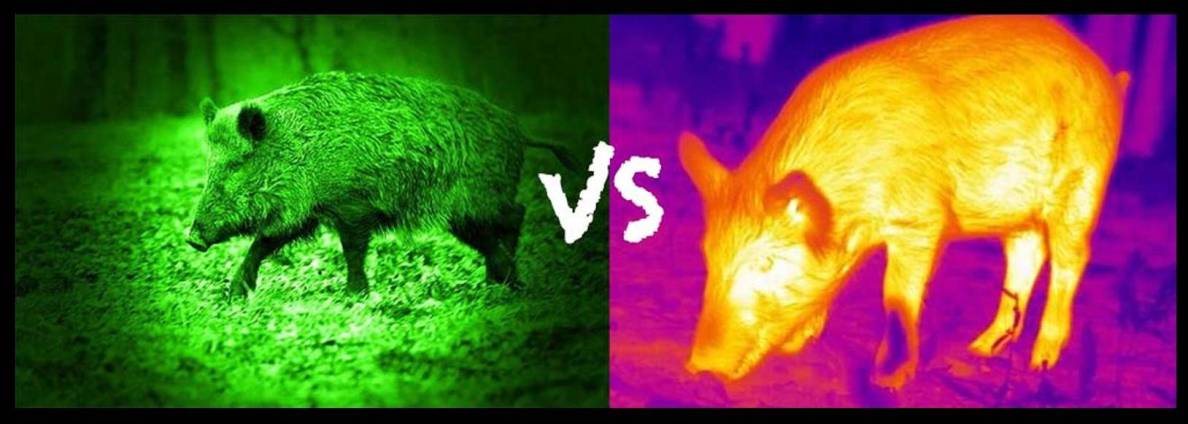
8. Hygiene
Toilet paper, women's pads and tampons, pampers, toothpaste, soap, shower gel, washing powder or liquid, foot powder, cleaning detergents, plastic bags, chemical toilet, bleach, etc.
9. Transportation, Navigation and Communication
Depends on your geographical location, weather condition and year season you should have at least one engine vehicle and one human power transportation from the list below:
- 4x4 vehicle, minivan, caravan or RV – Recreational Vehicle, quad, engine boat, motor bike, snowmobile,
- two-wheeled cart, bicycle, scooter, canoe, kayak, raft boat, ski, sledge, snowshoes
Your vehicle should have:
EMP shield, snow chains, car winch, jack, jumper cables, roof rack, roof box, hitch, towing rope, spare wheel, lug wrench, flat tire kit, air pump, tire pressure gauge, back up fuel jerry can and other engine liquids – brake fluid, antifreeze fluid, radiator fluid, windshield fluid, spare bulbs, spare fuses, printed road atlas, compass, HAM/PMR/CB radio, emergency whistle, rescue mirror, signal flare, gloves and head lamp.
10. Clothing and footwear
Recommended clothing for SHTF is different for people living in the city and people in the country at village. Depends which phase of SHTF is going on you should be careful in selection of your outfit. Before SHTF begin you should wear neutral outfit to not attract attention of others. Do not use bright colors like red, orange, yellow, white or any combinations of them. You should be “gray man” especially in the city. For this purpose is the best to choose practical outfit from various outdoor outfits companies everything in neutral colors to wear in the city on daily basis. You can buy practical soft shell coat, sweaters, functional t-shirts, confortable shoes, tourist rucksack etc.
In the country in the village where we can expect everybody knows almost everybody outfits do not play so important role as in the city.
When SHTF bursts into full blast and government with police and army is totally down and everything is just on you then you can wear practically the best equipment to protect your body. It is usually tactical gear and do not need to be necessary in camo but simple gray, black, dark blue or brown colors. You can wear bullet proof vest or plate carrier with open carry your weapons. Of course you have to be backed up with same equipped members of your group.
Very popular among preppers are following companies with their tactical gear: UF Pro, 5.11, Helikon-TEX, Mil-Tec, Tasmanian Tiger, Crye Precision, First Tactical, Magpul, Rothco Safariland, Tru-Spec, Condor, Oakley and Under Armor.
If you want to be more combat style with your boots or combat gear you can choose gear from army surplus shops. Proven army gear is from Scandinavian, Soviet/Russian Army, German and Switzerland.
Do not forget regularly change season clothing in your Bug Out Bag.
Winter clothing/summer clothing, winter footwear/summer footwear, underwear, gloves, hat/cap, rubber boots, waders, rain coat, poncho, face mosquito net, etc.
And finally, what do you think about which group will be the best for SHTF?
EuroPrepper

